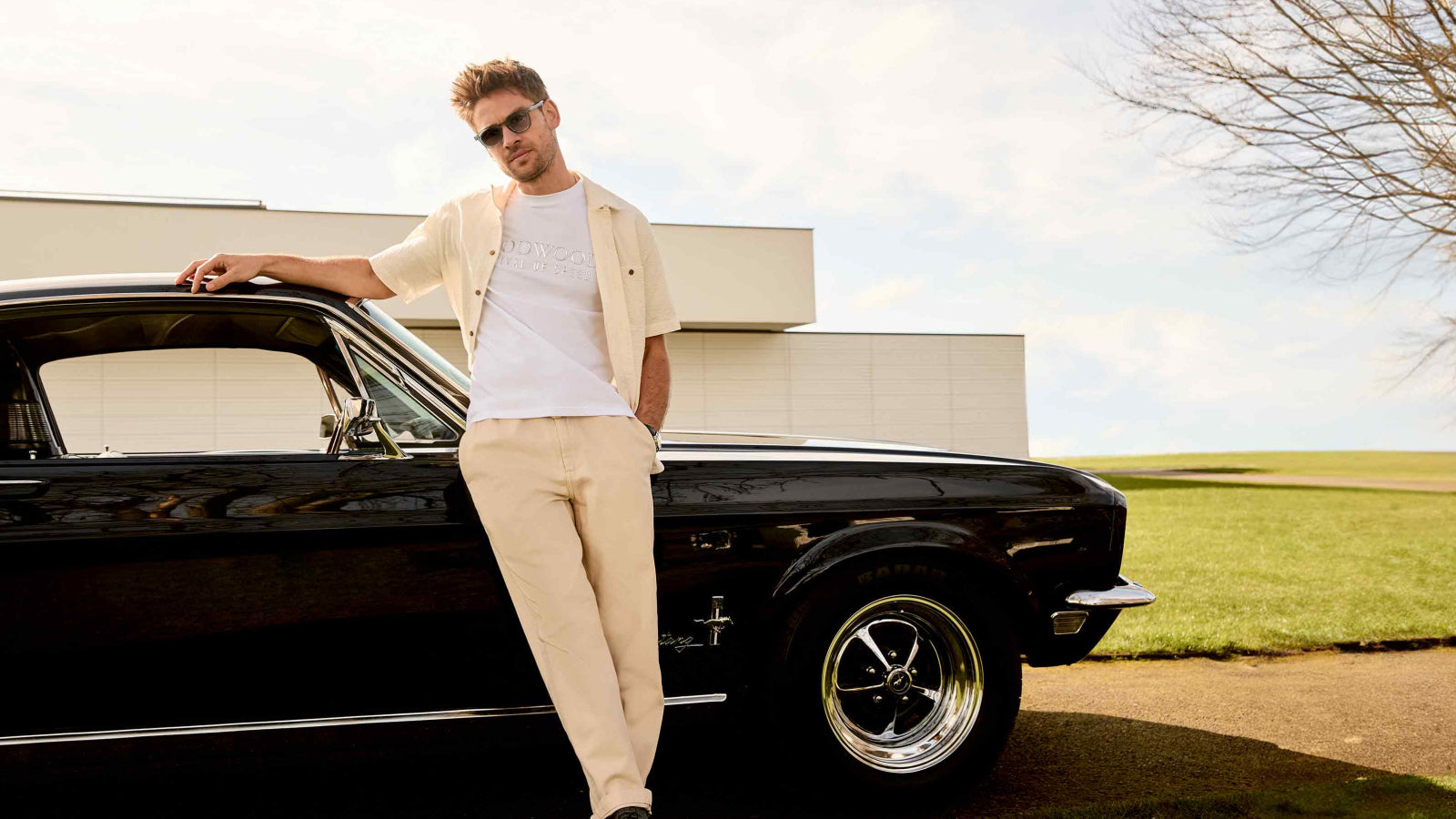Racing bikes are harder to build than cars
British MotoGP fans are looking enviously at F1. Special concessions allowing car GPs at Silverstone came out in the same week that the British Motorcycle GP was cancelled. It was another illustration of the divide between the disciplines of two and four wheels, and of their relative status.

There are fundamental differences. For riders, the transition to driver is not so difficult: John Surtees (pictured) and Mike Hailwood among others attest. But in the opposite direction, the engineering cross-over doesn’t work – as several car-to-bike examples over the years have shown.
The most conspicuous of a number of failures date were in the 1980s, when Elf sponsored a series of unconventional machines that tried to move motorcycles on from the “bicycle-with-an-engine” format into a world of scientific car-style chassis design.
Andre de Cortanze was tasked with this job. The French engineer, successful both before and after with formula, rally and endurance cars, applied both logic and originality.
A series of “Elves” were definitely interesting. Most significantly, telescopic front forks (on the face of it an antediluvian concept) were replaced by a pair of parallel upper-and-lower leading links on the left, pivoting off an underslung monocoque chassis, with interconnected front-rear suspension. Hub-centre steering was operated by a linkage from the handlebars, after vertical tiller experiments proved unwieldy; while the box-section suspension links arced out to allow the front wheel to steer.
It was inspiringly clever. But almost impossible to ride, for various reasons. Physically, the arc of the lower link had ground-clearance problems, grounding out at high angles of lean on left-handers. Less easily solved was the loss of steering “feel”. The linkage robbed the rider of direct handlebar-to-tyre contact. It was only in its final iteration, now ridden by Briton Ron Haslam, that the V4 Honda-powered Elf became moderately competitive. And by now the twin-link suspension had been replaced with a sort of McPherson strut that simplified the steering linkage.
Alternative systems offering better braking performance have found some application on larger road bikes (BMW’s “Telelever” and Honda’s Gold Wing front fork); but racing development returned to refining those old-fashioned telescopic front forks. But there was another lesson that took more time to become clear.
The holy grail for car chassis performance, in essence, is to have the stiffest possible platform which then allows consistent suspension geometry. The maths can work.
Up into the new century, motorcycle engineers thought the same. The goal was to make the chassis geometry stable under all the different loads, of braking, acceleration and performance.
As with the French Elf, the greatest innovation came from outside of Japan… from Britain, and the heart of the F1 belt. Triple champion and later successful team manager Kenny Roberts was the key (pictured above at Brands Hatch, 1978). He’d won three 500cc championships as manager of Yamaha’s factory team, but was disillusioned at the subservient role, and at not actually being able to own the bikes. Following a model inspired by F1; he founded his race-bike factory in Banbury, and set out as a manufacturer, relying on the wealth of special race engineering facilities close at hand.
This didn’t necessarily work out: his first racing engine was designed in conjunction with Tom Walkinshaw’s TWR. It was their first (indeed only) two-stroke, and while both innovative and adventurous, was badly flawed by ruinous vibration. It was not until Mk3, designed in-house, that the KR bikes had a reliable and competitive engine.
But there was other expertise to be plumbed, and in search of the ideal of the stiffest-possible chassis, Roberts turned to F1 design legend John Barnard, whose innovations had brought success both at McLaren and Ferrari.
By now MotoGP had arrived, with 990cc four-stroke engines; again Team Roberts built their own motor, a V5. Barnard’s job was the chassis, and the target was control of stiffness. He designed a unit that eschewed the conventional box-section fabrications in sheet aluminium in favour of machined-from-solid sections. It was expensive to make and beautiful to look at: an engineering masterpiece. But one problem, as rueful team mechanics confirmed, was how much it suffered in the tumbles and crashes that are indivisible from top-level racing.
But chassis development was now moving in a different direction, exclusive to motorcycles, and reflecting the fact that while a rigid and stable chassis platform may be essential to a vehicle that remains basically parallel to the road, when it has to lean over to go round corners, normal suspension geometry no longer works.
Current chassis design is seeking not rigidity but carefully controlled flex. The bike must be strong horizontally, to absorb braking and acceleration stresses; but it needs to be flexible in the vertical plane. In the words of one Japanese chassis designer, it needs “to bend like a tree”.
Difficult to achieve? Certainly. And refinements to the concept are continuing. But the basic bicycle-with-an-engine principle still prevails.
Kenny Roberts images courtesy of Motorsport Images.
MotoGP
Motorcycles
MotoGP 2002
Kenny Roberts
John Surtees
Mike Hailwood







